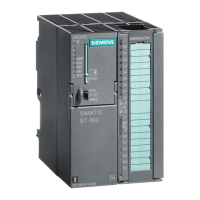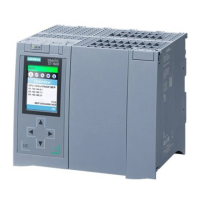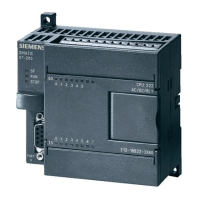S7-300 Automation System, Hardware and Installation: CPU 312IFM - 318-2 DP
A5E00203919-01
8-1
$GGUHVVLQJ
$GGUHVVLQJ
,QWKLV&KDSWHU
You will learn how you can address the individual channels of your modules.
6ORWEDVHGDGGUHVVLQJ
Slot-based addressing is the default setting, that is, 67(3 assigns each slot
number a defined module start address.
8VHUGHILQHGDGGUHVVLQJ
With user-defined addressing, you can assign any module address from the
address area managed by the CPU. For the S7-300, user-defined addressing is
only possible with CPUs 315, 315-2 DP, 316-2 DP, and 318-2 DP.
6ORWGHILQHGDGGUHVVLQJRIPRGXOHV
,QWURGXFWLRQ
In slot-based addressing (default addressing), a module start address is allocated
to each slot number This is a digital or analog address, depending on the type of
module.
This section shows you which module start address is assigned to which slot
number. You need this information to determine the start addresses of the installed
modules.
0D[LPXPDVVHPEO\DQGWKHFRUUHVSRQGLQJPRGXOHVWDUWDGGUHVVHV
The figure below shows you an S7-300 assembly on four racks and the optional
slots with their module start addresses.
The input and output addresses for I/O modules start from the same module start
address.
1RWH
With CPU 314 IFM, you FDQQRW insert a module in slot 11 of module 3. The
address area is reserved for the integrated I/O.

